Online shopping provides a quick and convenient way to purchase products, and this is especially true for the...
Stadiometers & Height Rods
Stadiometers and Height Measuring Devices are devices that, when used properly, provide highly accurate height measurements for medical diagnostic purposes. They consist of a vertical ruler and a horizontal arm that sticks out from the vertical rod and rests atop the head for measurement. Some stadiometers attach to or are integrated into scales to measure height and weight simultaneously, such as the Seca 286 Digital Scale. Often referred to as
How are Height Measuring Devices Useful?
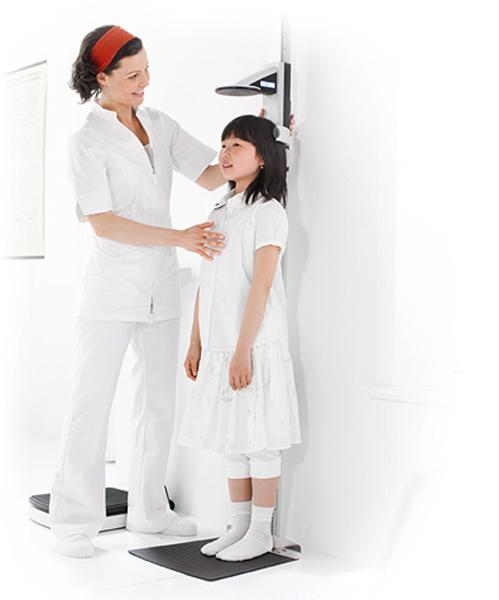
Doctor's record the heights of their patients for many reasons. These devices are often used to assess and record BMI, or body mass index. This computation lets doctors know whether a patient is over or underweight for their height. This is important because being over or underweight can indicate or predict other health problems and give valuable information regarding nutritional status. In addition, a reduction in height value over time may be an indication of spinal compression and bone-related diseases, such as kyphosis (hunched back). It is often essential to record height values in cases of surgical procedures, trauma, skeletal dysplasia, and skeletal deformity.
In addition to these many uses, devices let doctors and parents know about potential growth problems in children that result from genetic factors or deficient nutritional intake.
Do Stadiometers Give Accurate Height Measurements?
Height measurements are often done inaccurately, both by people at home and by doctors. This is typically due to the use of an inappropriate device or the improper use of height scales. For example, children are sometimes measured with their shoes or hat on, or the medical scale's horizontal measuring arm is angled improperly. Despite this fact, there is a reason these items are the standard machinery used by medical professionals. When used correctly, height rods are one of the most accurate, uncomplicated, and reliable ways to obtain height measurements. This accuracy is essential when it comes to tracking both adult health and child growth and development.
Stadiometers vs. Measuring Tape
One common mistake those who take measurements make is using measuring tape to obtain height measurements. This often results in inaccurate data because measuring tape is flexible and it can be difficult to tell where the exact top of the head lands in relation to the tape. Height rods are far more accurate because they are stable and inflexible and because the height measuring arm rests atop the head during measurement, so no guessing games need to be played.
How to Choose the Perfect Stadiometer
Several height rod varieties exist. These include digital, wall-mounted, portable, and infant varieties. Users will want to take into account ease of use, digital recording needs, portability, and user age when selecting a device.
Types of Stadiometers and Height Measuring Devices
Manual vs. Digital
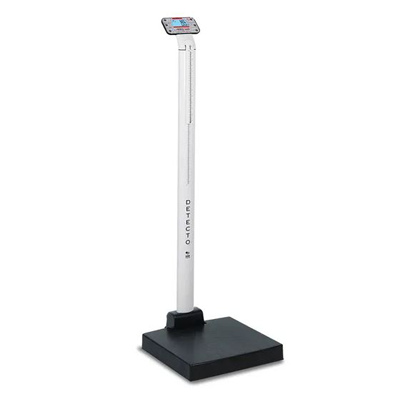
Digital height scales, such as the Detecto apex can be especially precise in their readings because a machine takes and records the measurement. In addition, these devices commonly connect to EMR systems so these records are automatically recorded and transferred into data recording systems. Both of these features combined mean there is less room for human error during the measurement and measurement recording processes. Manual scales, on the other hand, may take more of a doctor's time because measuring, recording of values, and input into a system must be done manually. However, manual height scales can still be used to record accurate measurements when used properly and they are typically more affordably priced than are their digital siblings.
Free Standing vs. Wall Mounted
There are pros and cons to each of these device types, so choosing the right one will depend on the buyer's needs and intentions. Freestanding devices can be easily moved from room to room or facility to facility as necessary. For example, one might want to transport one of these devices to patient homes for an in-home examination or to a school for school-sponsored check-ups. Wall-mounted devices, on the other hand, stay in one place. Because they are stabilized into one position and are not moved from location to location, wall-mounted devices may stay in better working shape, which may leave less room for error.
Portable Height Measuring Devices
Some stadiometers are built for portability. Portability is a feature traveling and homecare doctors will want to take into consideration. They are also very useful if a doctor travels from school to school to school to check on student health (for instance, to check children's spinal health). If an item is wall-mounted or heavy, it will not be easily transferred from location to location. Users will want to look for freestanding and lightweight devices that make transport a no-sweat process.
Infantometers
Infantometers are measuring boards that are set on flat surfaces to measure infants as they lie down. They are the easiest and most accurate way to measure and track an infant's height and growth. These boards are commonly used at doctor's offices, but can also be used at home by parents eager to track their baby's growth and health since it can be difficult to obtain accurate measurements of an infant's height any other way. Some infantometers are designed for especially easy storage and transport, such as the Seca 417.
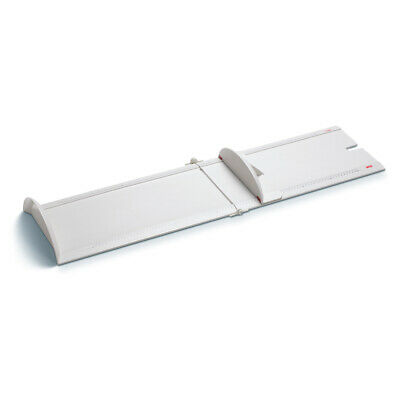
Height Rod Construction
These devices are typically made from either heavy aluminum or steel. Advantages to aluminum are that it is iron-free and therefor does not rust. This means aluminum is often a better choice in humid environments. Aluminum is also lighter weight than steel. On the other hand, steel is a harder and heavier material and less likely to warp, bend, or accumulate scratches. Steel is generally less expensive.
Stadiometer Cost
Stadiometers and height measuring devices typically cost anywhere between $100 and $400 and can sometimes cost upwards of $2,000. Basic wall-mounted height rods, such as the Health o meter Wall Mounted Rod, tend to be less expensive due to their modest construction. Adding any additional parts, such as a base to stand on, often makes them slightly more expensive (though there are exceptions to this rule). Anytime electronic systems are added, such as Wi-Fi and Bluetooth connectivity for EMR systems, these devices' prices increase. The more advanced the digital technology, the more these items tend to cost. Some special digital features, such as ultrasonic sensors and automatic calibration, may increase the cost of these devices substantially.
Another factor that sometimes affects prices is the costs of the material the measuring device is made of. Please read the details above under the "Height Rod Construction" header for more details.
![]() Allen, Jane. Routine Height Measurements Are Often Wrong, Researchers Find. 2001.
Allen, Jane. Routine Height Measurements Are Often Wrong, Researchers Find. 2001.
![]() Warrier, Varsha et al. The Effect of an Antimicrobial Gauze Dressing Impregnated with 0.2% Polyhexamethylene Biguanide (PHMB) as a Barrier to Prevent Pseudomonas Aeruginosa Wound Invasion. 2020.
Warrier, Varsha et al. The Effect of an Antimicrobial Gauze Dressing Impregnated with 0.2% Polyhexamethylene Biguanide (PHMB) as a Barrier to Prevent Pseudomonas Aeruginosa Wound Invasion. 2020.
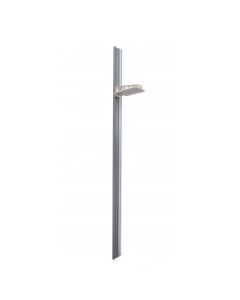
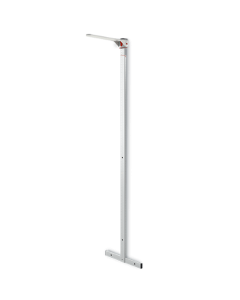
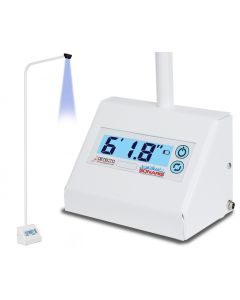
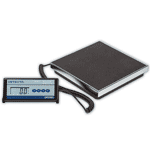
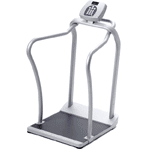
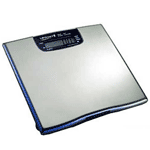
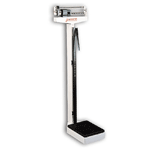
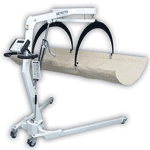
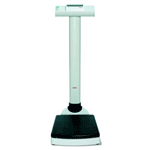
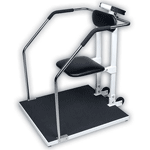
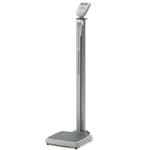
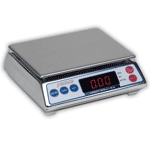
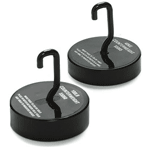
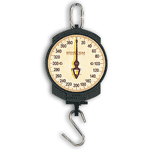
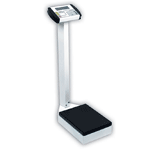
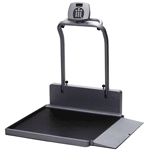

Login and Registration Form